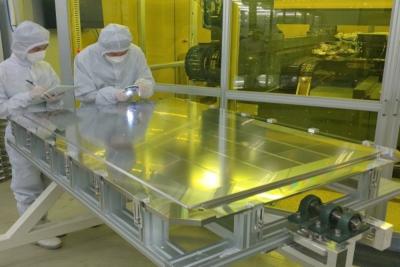Visionox new ViP OLED technology uses photolithography-based patterning to increase display performance
Visionox is introducing a new OLED production technology, called Visionox Intelligent Pixelization (or ViP for short) that enables higher-density display production, at over 1,700 PPI.
The idea behind ViP is to replace the fine metal mask (FMM) method with photolithography-based pixel patterning. The process offers several advantages, mainly the increase of aperture ratio to almost 70% (Visionox says the currently reach 69%). FMM methods usually achieve up to 30%, which means that brightness, efficiency and lifetime can all be increased.









